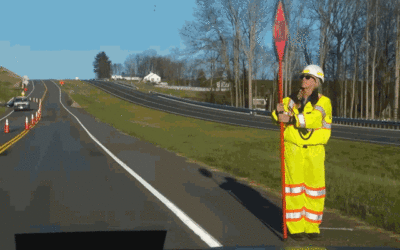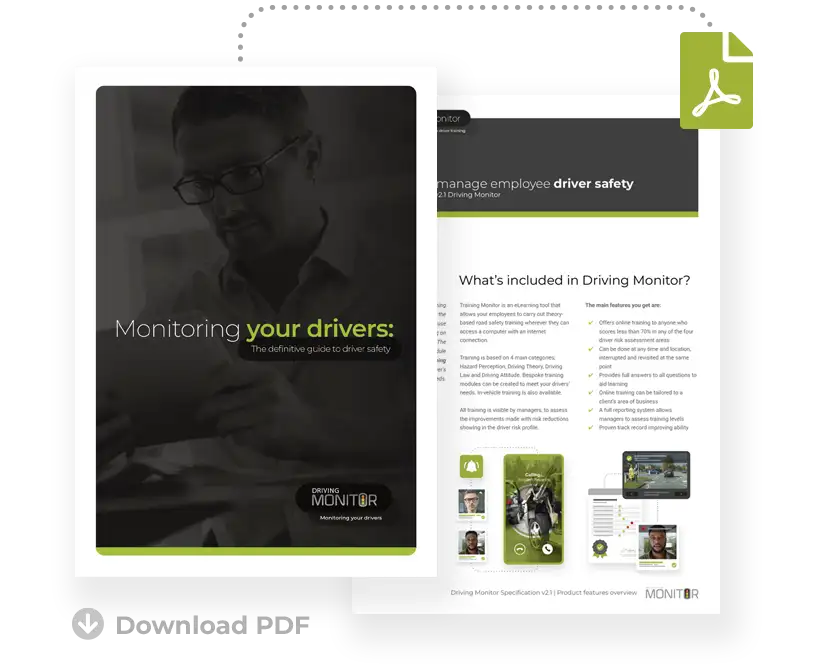Eyesight Rules For Driving To Be Reviewed By Government

The government is set to review the current rules around eyesight and eye tests for drivers.
It follows a ruling by a coroner that described the UK’s licensing system as ‘the laxest in Europe’, which has brought it to the attention of lawmakers.
The Visual Legal Standards currently in operation mean that the UK issues licences without visual checks for a continuous period up to the age of 70, in contrast to our European counterparts.
And now the government is exploring changes to its road safety strategy that include updated eyesight requirements.
What Are The Current DVLA Health Guidelines?
The DVLA’s policy on eye conditions was amended in 2022 as part of their list of ‘Notifiable Health Conditions’ and requires drivers to inform the DVLA if they have a condition on the list.
But the onus is on drivers and individuals rather than a widespread policy that comes from the DVLA, DfT or the government.
It’s long been said that the DVLA guidance doesn’t go into enough detail and while experts have suggested changes such as drivers informing the DVLA when they have an eye test, nothing has changed as of yet.
Drivers face penalties if bad vision is a factor in a driving accident, which is in addition to any other penalties and punishments. That’s because the policy is changing to clearly define how eye conditions are considered with regards to driving.
If a driver has an eye condition or fails to notify the DVLA about any issues with their vision, they face being banned from driving completely.
But the vision standards in the UK are once again coming under scrutiny, with the government keen to bring standards in line with that of the rest of Europe.
You can read the full story on the government considering changes to eyesight rules for drivers here
What Do Eyesight Rules Mean For Fleets?
Clearer guidance is always good news for fleets.
Internal policies can be developed based on eyesight rules but given that the current standards are ‘lax’ in comparison to much of our European counterparts, it can be difficult for fleets to know where they stand.
Many of the conditions on the DVLA’s list won’t need reporting but they will need updates on them, particularly if the effects become more severe.
Conditions that need to be reported to the DVLA include strokes, heart conditions, operations on body parts such as your legs, and vertigo.
When it comes to driving and the DVLA, one of the most important processes for any fleet is checking driving licences and handling driver risks.
The thing is, I know there are plenty of employers and managers who don’t know exactly what, how, and when they should be doing these checks to stay legal and above board.
Driving Monitor is an ADLV-accredited provider of exactly this type of software – but before you jump in and sign up to any new system, you’d be best off knowing exactly how you should be doing licence checks first.
To read our free guide on driving licence checking, head to www.drivingmonitor.com/7-secrets-to-driving-licence-checks and download your copy.










